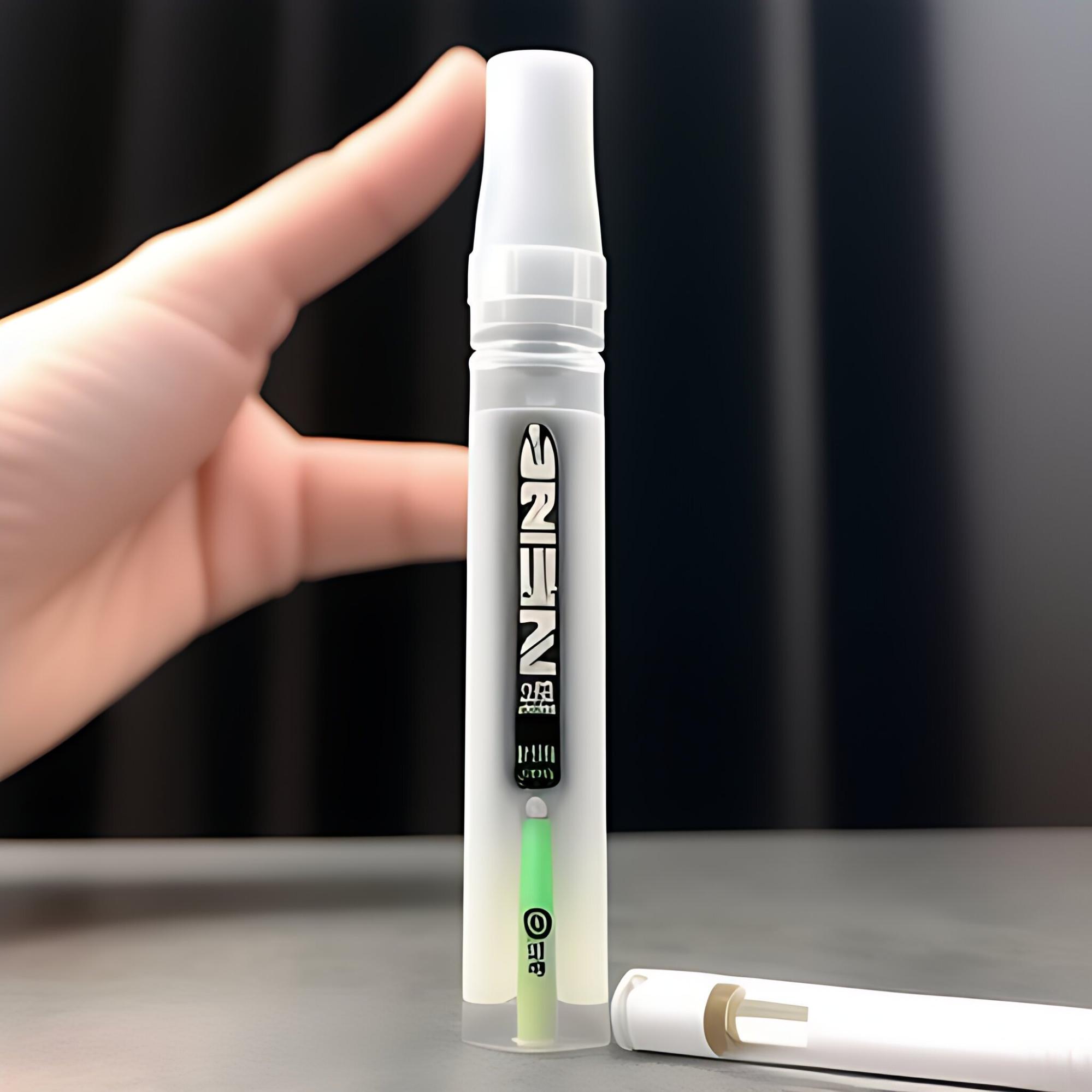Measurement Between: How Many Cc Is In a Ml

Wondering how many cc are in a ml? Well, let me clear up the confusion for you. In simple terms, 1 cc (cubic centimeter) is equal to 1 ml (milliliter). Both units measure volume and are used interchangeably in various fields such as medicine, science, and cooking.
To put it into perspective, imagine a small cup of water. If that cup has a volume of 10 cc, it’s also equivalent to 10 ml. So whether you’re measuring medication dosage or following a recipe that calls for milliliters, you can rest assured knowing that you can use cubic centimeters as an alternative.
How Many Cc Is In a Ml
The Basics of CC and ML
When it comes to measurements, we often come across terms like cc and ml. But what exactly do these abbreviations stand for, and how are they different? Let’s dive into the basics.
CC stands for cubic centimeter, which is a unit of volume used primarily in the medical field and automotive industry. On the other hand, ML stands for milliliter, which is also a unit of volume commonly used in various fields such as cooking, medicine, and chemistry.
Both cc and ml represent the same amount of liquid or substance; they just have different names depending on the context. While cc is more commonly used when referring to engines’ displacement or medication dosage, ml is frequently employed in measuring liquids for recipes or administering medications orally.
Converting Between CC and ML
If you find yourself needing to convert between cc and ml, don’t worry; it’s a straightforward process. Since 1 cc is equal to 1 ml, you can easily convert from one unit to another by using a simple formula:
cc = ml
ml = cc
For example, if you have 10 cc of liquid that needs to be converted into milliliters (ml), simply use this equation:
10 cc = 10 ml
Conversely, if you have 20 ml of liquid that needs to be converted into cubic centimeters (cc), the conversion would look like this:
20 ml = 20 cc
Remembering this equivalence will make converting between these two units hassle-free whenever necessary.
Common Uses for CC and ML
Now that we understand what cc and ml mean let’s explore their common uses in various domains:
- Medical Field: In healthcare settings, physicians often prescribe medications using both cc and ml measurements. This ensures accurate dosages are administered to patients, especially with oral syringes or medication cups.
- Automotive Industry: In the automotive world, cc is widely used to indicate an engine’s displacement. The higher the cc value, the larger the engine’s size and potential power output.
- Cooking and Baking: When it comes to culinary measurements, ml is commonly used in recipes for liquids like water, milk, or oil. It helps ensure precise ingredient proportions for delicious dishes.
- Chemistry Labs: In scientific laboratories, both cc and ml are utilized for measuring volumes of various substances during experiments. Accurate measurements are crucial for obtaining reliable results.

What is a CC?
Understanding the Relationship Between CC and ML
When it comes to measuring fluids, you may have come across the terms “cc” and “ml.” But what exactly is a cc? A cc, short for cubic centimeter, is a unit of volume commonly used in the medical field and other industries. It represents the amount of space occupied by a substance.
The relationship between cc and ml is straightforward: they are essentially the same thing. Both cc and ml refer to milliliters, which is another unit of volume measurement. In fact, 1 cc is equal to 1 ml. So when someone says they need 10 cc of medication, it’s equivalent to saying they need 10 ml.
Exploring the Measurement of CC in ML
Now that we understand that 1 cc is equal to 1 ml, let’s delve deeper into how this measurement works. Both cc and ml are part of the metric system, which makes them easy to convert between each other as well as with other metric units.
To measure liquids in cc or ml accurately, various tools can be used such as syringes or graduated cylinders. These instruments are designed with clear markings that allow for precise measurements. For instance, if you need to administer a specific amount of medication that’s measured in cc or ml, you would use a syringe marked with those units.




